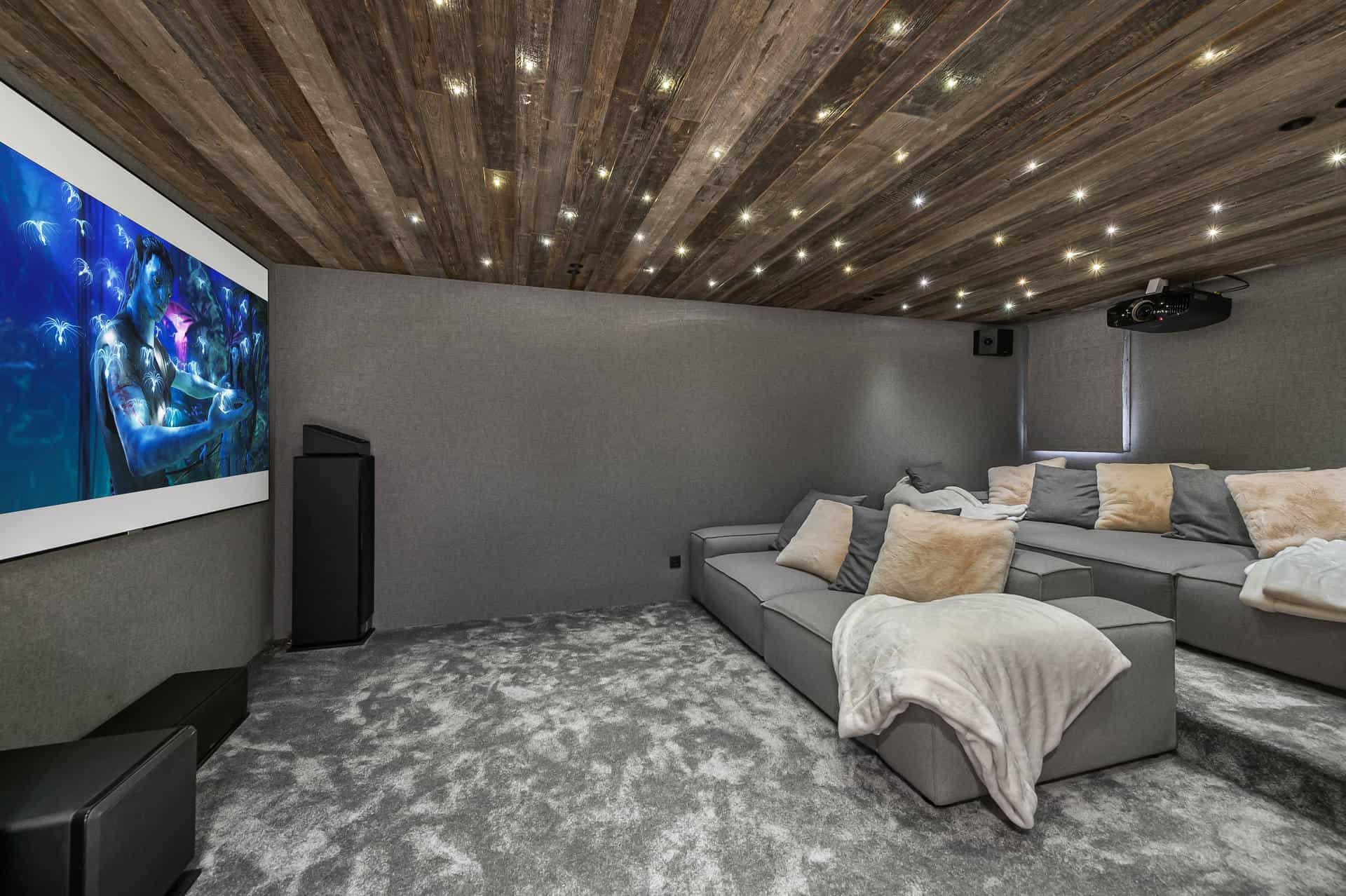The Effect of Sound Modifications in At-Home Cinema Configuration
Building a home cinema can be an thrilling journey, changing an ordinary room into a fantastic space where you can enjoy movies, games, and performances in comfort. For many, it represents not just an investment in technology, but an enhancement of lifestyle, offering a unique way to get together with family and friends. However, the process of home cinema installation involves much more than only buying a projector and a sound system. Key elements such as room layout, acoustic treatments, and lighting play critical roles in achieving that ultimate movie-watching experience.

Comprehending the nuances of home cinema setup will guide you in making informed decisions, whether you choose to go the DIY route or enlist professional help. With so many components to consider—from selecting the best projector and sound systems to optimizing sound quality with acoustic treatments—each aspect contributes critically to the overall ambiance and functionality of your home theater. In this article, we will explore the impact of acoustic treatments in home cinema installation and why they are essential for elevating your viewing experience.
Key Considerations for Home Cinema Installation
As you designing your personal cinema installation, the first action is to assess the area available. Evaluate the room's size, shape, and current features. An ideal home theater should have enough space for seating, a screen, and devices while ensuring an ideal viewing distance. Ensure that the room can be adequately darkened to enhance the visual experience and that there is proper electrical support for your multimedia setup.
Then, consider the acoustic treatments that will greatly affect sound quality. Hard surfaces like walls and the floor can reverberate sound waves, which can lead to unwanted echoes and rendering it achieve crisp audio. By incorporating sound panels, rugs, and curtains, you can create a better sound environment, ensuring that dialogues and sound effects are clear and immersive. The layout of the room should also be arranged for audio distribution, with seating positioned to form an effective listening triangle with the audio sources.
In conclusion, don't ignore the importance of wiring and cable management. A clean and organized setup not only looks polished but also facilitates more accessible maintenance and future upgrades. Plan your discreet wiring strategy thoughtfully to avoid disarray and ensure safety. Consider whether you want to allocate resources in wired or Bluetooth options for audio and video connections, as this can influence both the complexity of installation and the performance of the system.
Deciding Parts for Optimal Output
Selecting the appropriate components for your home cinema system is essential to attaining optimal performance. Start with the projector, as it's the focal point of your cinematic experience. Look for attributes that support Ultra HD resolutions to ensure dynamic image quality and clear details. Additionally, consider the brightness and contrast ratios, as these will dictate how well the projector operates in different lighting environments. A good projector can make a notable difference in the overall experience of your home theater.
Next, focus on your audio system. Surround go to my site are a fundamental element in creating an immersive experience. Examine the space you have to work with and pick a system that fits. Whether you opt for a compact speaker system or a comprehensive surround system, make sure to select components that support HD audio formats. Think about how speakers are arranged and room dynamics, as these considerations will impact how sound travels and fills the space, enhancing the authenticity of what you watch and listen to.
Finally, consider seating arrangements and other accessories that support a true cinema experience. Comfortable seating is important for long movie nights; look for theater-style seating or premium seating that provide excellent support and views to the screen. Add acoustic treatments, such as sound-absorbing panels or bass traps, to further optimize audio clarity. By meticulously choosing each component and arranging them with attention to detail, you can create a home cinema that competes with the commercial experience.
Augmenting the Home Theatre Experience
To genuinely elevate your personal theater experience, acoustic treatments play a vital role in improving sound fidelity. By controlling audio echoes and lessening echoes, these solutions generate a more captivating audio environment. Common approaches include acoustic panels, bass traps, and noise-reduction materials that can be carefully placed to enhance definition and depth of the audio. Investing in proper sound treatments can considerably improve the overall watching encounter by ensuring that dialogue is crisp and audio cues are impactful.
In parallel to audio fidelity, lighting can dramatically affect the atmosphere of your home cinema. Controllable illumination enables you to establish the perfect ambiance, whether you're putting on a movie night or enjoying a quiet film by yourself. Adjustable lights or smart illumination systems can be programmed to modify intensity based on the type of content being watched. This combination of sound and illumination not just enriches your viewing but also assists set the tone, making each movie feel like an event.
To wrap up, seating choices are fundamental to ease and satisfaction during extended movie sessions. Choosing high-quality, ergonomic chairs will make a meaningful difference. Choices such as recliners provide support and improve the movie enjoyment. Additionally, consider the layout of your seating in relation to the screen to prevent neck discomfort and make sure that each attendee has an optimal line of sight. By focusing your efforts on sound, illumination, and seating, you can change your personal theater into a genuinely engaging environment.